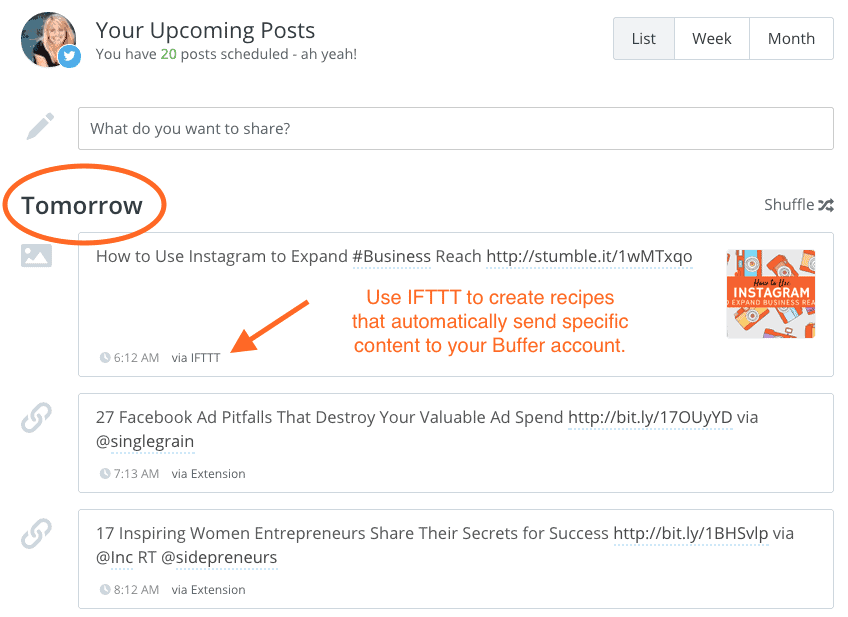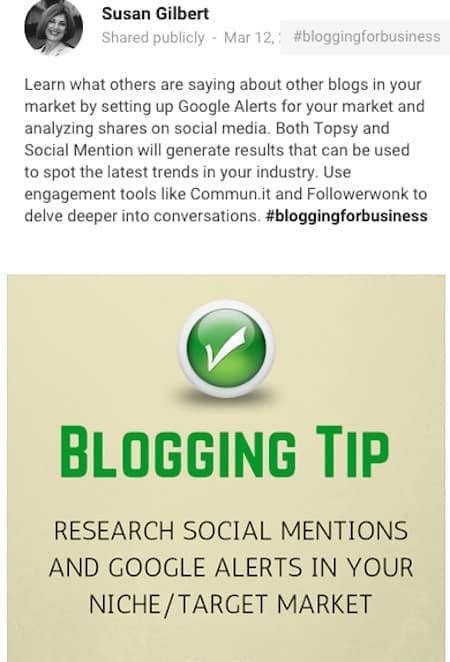Marketing your small business on social media continues to evolve. As consumers actively look to sites like Facebook, Twitter, and Google Plus prior to making purchase decisions, it’s no longer a matter of if you should get active but how fast you can create a viable presence. In fact, if you’re a local or small business, you can no longer afford to avoid social media.
With 97% of consumers using the Internet as a resource, building your social media presence is a critical component in your overall marketing strategy. Producing quality content, whether it's created or curated, is essential to promoting and growing your business online.
However, starting out on social media -- or accelerating your current presence -- can feel overwhelming. Social media sites such as Facebook and Twitter are excellent conversation facilitators, but knowing how to navigate them effectively stumps even the most seasoned online marketers. That's why it's so important that you know where to begin.
I recently had the chance to speak with a group of college students about managing social media for small businesses. Below you'll find the presentation -- along with ideas to help you jumpstart a new social media campaign or reinvent your current strategy.
1. Know your goals
Define your goals and then put them in writing. As Dr. Gail Matthews, a psychology professor at Dominican University in California, found, writing down your goals makes a significant difference.
In a goal-setting study that included 267 participants, Dr. Matthews found that,
Those who wrote down their goals were 42 percent more likely to achieve them.
Who wouldn't want those odds, especially when building your business? If you want to get clear about your goals, answer these questions first.
Goal-Setting Questions
- What type of social media followers/fans do you want?
- What makes you unique? Translate that into your social media profiles. From Facebook to Twitter and Google Plus, your message should be consistent across all channels.
- How much time can you commit to managing your social media? Will you need to outsource to a company or virtual assistant?
- What results are you hoping to achieve? (increased exposure, leads, traffic)
2. Listen and respond
As you begin to venture into social media, making new connections is critical to your online health. Begin by listening to what is being said in and around your industry or niche. Pay attention to what the needs of your potential clients are. Then begin to join in the conversation.
The only way you can create meaningful relationships is to engage consistently. And I don't mean talking "at" people. Instead, talk "with" the community you're building. They're real people that need to know you value their opinion. Ask questions, and then listen to the response. Focus on what is important to them and then share content that meets a need or solves a problem.
Someone who shines when it comes to knowing and understanding her audience is Kim Garst. Watch how Kim interacts with her fans and followers. Do you see the difference between someone who's actively participating and someone who is simply blasting a message? It's an art every small business should work to perfect.
✫‿✫ Before you speak, listen. Before you write, think. Before you spend, earn. Before you invest, investigate, Before you criticize, wait.— Kim Garst ツ (@kimgarst) March 13, 2015
@InsLud or Listerine :-) — Kim Garst ツ (@kimgarst) March 13, 2015
3. Build relationships, don’t just collect numbers
This one falls in line with the last. As you start to share content across your social media platforms, focus on building relationships. If you constantly send out boring data or confusing statistics, but you don’t talk and engage with the people in a meaningful way -- you've shot yourself in the foot.
Basically, you're talking to a brick wall. It is considered poor social media etiquette if you don't interact. Stop shouting at your fans and followers and get into the conversation.
I’m always impressed with the team at Sprout Social. As a company focused on providing a robust social media management tool, Sprout Social walks the talk. Just browse through their Twitter stream and you’ll see how interactive and responsive they are.
@DahliaElGazzar Hi, Dahlia! You can find more info about our webinars here: http://t.co/Q2vjBhlyO5. We appreciate the #SproutLove!— Sprout Social (@SproutSocial) March 15, 2015
4. Post consistently
Your updates on Facebook, Google Plus, Twitter, LinkedIn, Instagram, and Pinterest need to be hyper-focused on your target market. They also need to happen on a consistent basis.
Create a schedule that easily works into your day. Tools like Buffer can help you manage your content and share without fail. Then integrate your account with tools like IFTTT (If This Then That) to create rules for specific actions.
For example, every time I post a new article, the link is sent to my Buffer account and scheduled to tweet.

And as you choose content to share, remember to mix it up. Include your content, other people's content, business-related posts, quotes and other topics that will capture the attention of your potential audience.
Simply posting industry content isn't appealing day in and day out. Give insight into who you are and what your business stands for. Have fun, be valuable and stay relevant.
5. Be visual
We live in a visual online world. From Facebook to Instagram, eye-catching images are the order of the day. As my friend Neal Shaffer with Maximize Your Social says,
Visuals appear prominently in news feeds of social networks, so take a visual approach to not only posting information, but to communicating as well. Combine this with your own unique branding and perspective, and you’re bound to stand out in this noisy social media world of ours. (via PostPlanner)
How can you do this? Grab quotes from your latest article and add them to Facebook and Google Plus. Then pin it on Pinterest and share on Instagram.
Give your target audience a visual experience that allows for unique insight and awareness around your business and brand. Remember: This is not about being spammy and shoving your product or service down their throat. It's about offering valuable insight in a highly-shareable format.
Want an example of this in action? Just take a look at Susan Gilbert, Founder and CEO of Online Promotion Success, Inc. Susan offers a substantial amount of advice -- all with a giving spirit -- no matter where you find her on social media.

6. Get local and get found
Concentrate on building your social media networks with people in your service area or community. The more locally involved you get, the more interactive you are with people in your local space, the greater possibility the leads and potential buyers will come to you.
A surefire way to get your content in front of the right people? Use hashtags! Use a tool like hashtags.org to identify which hashtags within your local area get the most traction. Once you've identified the top two or three, start using them in your tweets and posts. Someone who knows her market is Jodi Okun. Jodi is a College Financial Aid Advisor and frequently uses hashtags in her tweets.Jodi knows that using those hashtags over and over builds credibility and helps potential clients take notice.
Financial Aid Award Letters http://t.co/7neLnWAKaU #CollegeCash #SmarterStudents pic.twitter.com/pfeA4c77Ne — Jodi Okun (@JodiOkun) March 15, 2015
7. Stop selling and start sharing
Don't sell yourself before you know someone. People want to get to know you. They want to find a commonality -- it could be as simple as you both live in the same city. It might be that you both have a dog or that you have both eaten at the local ice cream shop. Build on these things.
The very best thing that happens within online networking circles is when someone else shares a link to one of your posts. It's more important to converse with others than to simply spam their social media feeds with uninteresting content.
Your posted content should look something like this:
- 20% linking to your content
- 20% linking to other people’s content (A local sports team, restaurant, school district, government office, local blogger, reciprocal linking, etc.)
- 20% other business talk
- 40% personal talk and networking (Ask how your followers’ animals/kids are! People love it online just as they do offline)
Getting started
There are a number of social media channels that might benefit your business. I would encourage you to choose only a few as you get started and build once you are comfortable and consistent with your strategy.
Facebook, Google Plus, Twitter, Pinterest and LinkedIn are completely different platforms and will attract different personalities. Pay attention to where your potential clients are hanging out and then dip your toe in the water.
Master that social media channel, making it a successful marketing extension of your business strategy.
Grab the presentation
Using Social Media to Market Your Small Business from Rebekah Radice
About Rebekah Radice
Rebekah Radice, co-founder of BRIL.LA, has traded narcissism for purpose. When not driving growth, you'll find her tricking family into thinking she's Emeril Lagasse - likely covered in marinara. The spotlight was fun, but impact is better. These days she's using 20+ years of brand brilliance for good.
